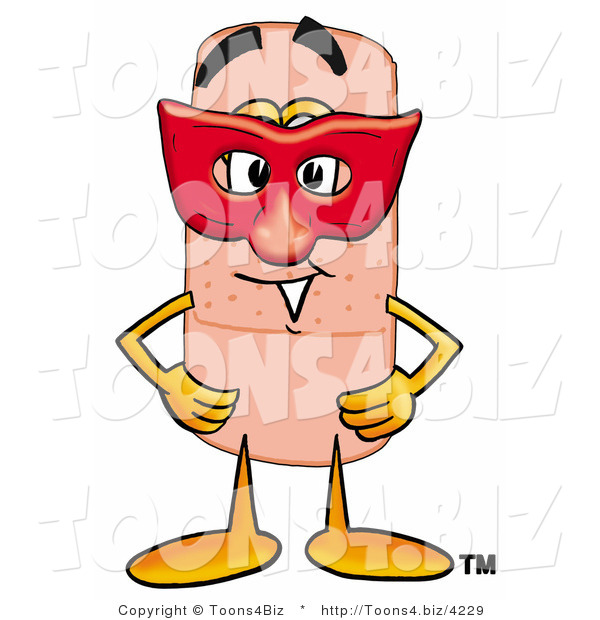

#Fox plaster bandage mask full
When you work on the nose, leave the full nostril area open, so there’s about a half-inch gap with nostrils fully exposed.When you cover the eyes, make sure you gently follow all the contours, making full contact with the skin.I wanted a sturdy mold and had two layers over the entirety. Immediately immerse the next strip and continue, overlapping strips.

Place the strip on the forehead, smoothing out any creases in the bandaging.Now, working quickly, fully immerse a strip, pull it out, then remove excess water by running it through two fingers, like with the wringers on an old washing machine.Place a bowl of water and your stack of plaster strips next to them.Lay several towels down and have the person you’re molding lie down on them.Spread a thin coat of petroleum jelly or eco-alternative on the face, under the chin, and jaw line.I made a mold of my own face, too, but you might find it easier to have someone make your mold for you, at least the first time. If you can’t find a store that has it, you can buy it online. You can buy rolls of it at medical supply stores. If you’ve ever broken an arm or a leg, it’s the same kind of bandaging with which your doctor made your cast. What you will need to get is rolls of plaster bandaging. I’d heard horror stories of people needing to place straws in nostrils and lengthy drying times, but I experienced neither and you wouldn’t have to, either. I am going to be using the mold again soon for a mask. Later, I used my mold to create my Green Man/Woman relief tile. Several years ago, my friend Jennifer and I made molds of our faces.


 0 kommentar(er)
0 kommentar(er)
